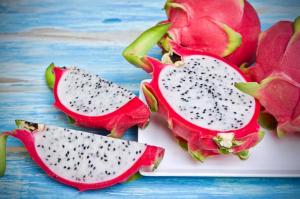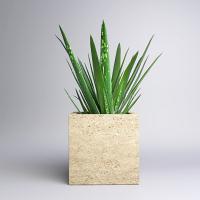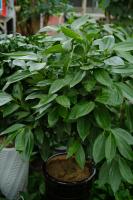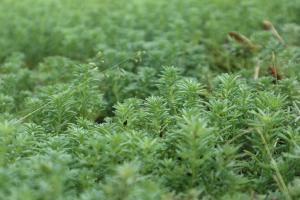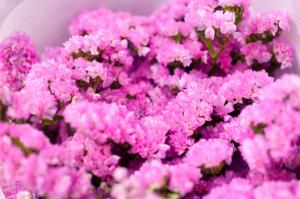How to Fix Tomato Plant Leaf Curl
Tomatoes are a delicious addition to any garden, but they can be temperamental when it comes to weather and care. One common issue that tomato plants face is leaf curl. Leaf curl occurs when the leaves start to curl and twist up, which can be a sign of stress or disease. Here are some steps you can take to fix tomato plant leaf curl.
Step 1: Watering
One of the most common causes of tomato plant leaf curl is inadequate or uneven watering. Tomato plants need consistent moisture to grow and thrive. If you are not watering your plants regularly, the leaves may start to curl up in response to the stress. Make sure to water your tomato plants once or twice a week, depending on the climate and weather conditions. You should also aim to water at the base of the plant, rather than from above, to prevent excess moisture from accumulating on the leaves.
Step 2: Soil pH
The pH level of your soil can also have an impact on the health of your tomato plants. If the soil is too acidic or alkaline, the plants may not be able to absorb the necessary nutrients, which can lead to leaf curl. A pH level of around 6.0 to 6.8 is ideal for growing tomato plants. You can test the pH level of your soil using a soil testing kit, and amend the soil if necessary by adding lime or sulfur to adjust the pH level.
Step 3: Temperature
Tomato plants are sensitive to extreme temperatures, both hot and cold. If the weather is too hot, the leaves may curl up in response to the stress. On the other hand, if the weather is too cold, the leaves may also curl up as a protective measure. To prevent leaf curl due to temperature, make sure to plant your tomato plants in an area where they will receive enough sunlight but not be exposed to extreme temperatures. You can also provide shade to your plants during the hottest parts of the day to prevent them from overheating, or cover them with a blanket or cloth during cold or frosty nights.
Step 4: Pests and Diseases
Finally, leaf curl can also be a sign of pests or diseases affecting your tomato plants. Pests like aphids or whiteflies can feed on the leaves, causing them to curl and distort. Similarly, diseases like tomato mosaic virus or potato leafroll virus can also cause leaf curl. To prevent pests and diseases, make sure to keep your garden clean and free of debris, and inspect your plants regularly for signs of pests or diseases. You can also use organic pesticides or fungicides to protect your plants if necessary.
In conclusion, tomato plant leaf curl can be caused by a range of factors, from inadequate watering to pests or diseases. By taking steps to address these issues, you can help your tomato plants grow healthy and strong, and produce a bountiful harvest of delicious tomatoes too.

 how many times do yo...
how many times do yo... how many planted tre...
how many planted tre... how many pine trees ...
how many pine trees ... how many pecan trees...
how many pecan trees... how many plants comp...
how many plants comp... how many plants can ...
how many plants can ... how many plants and ...
how many plants and ... how many pepper plan...
how many pepper plan...